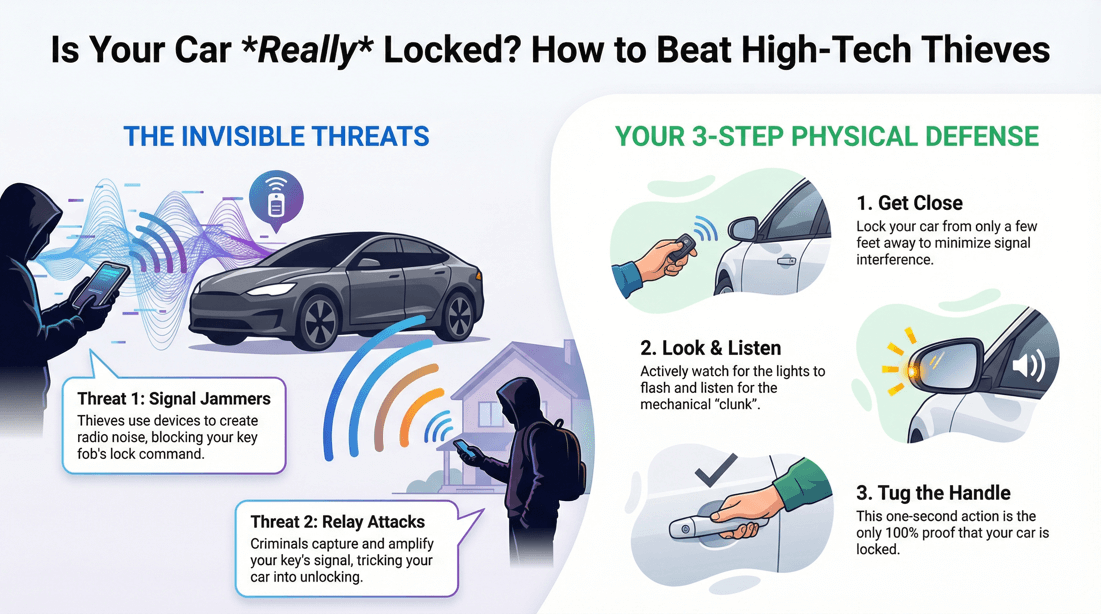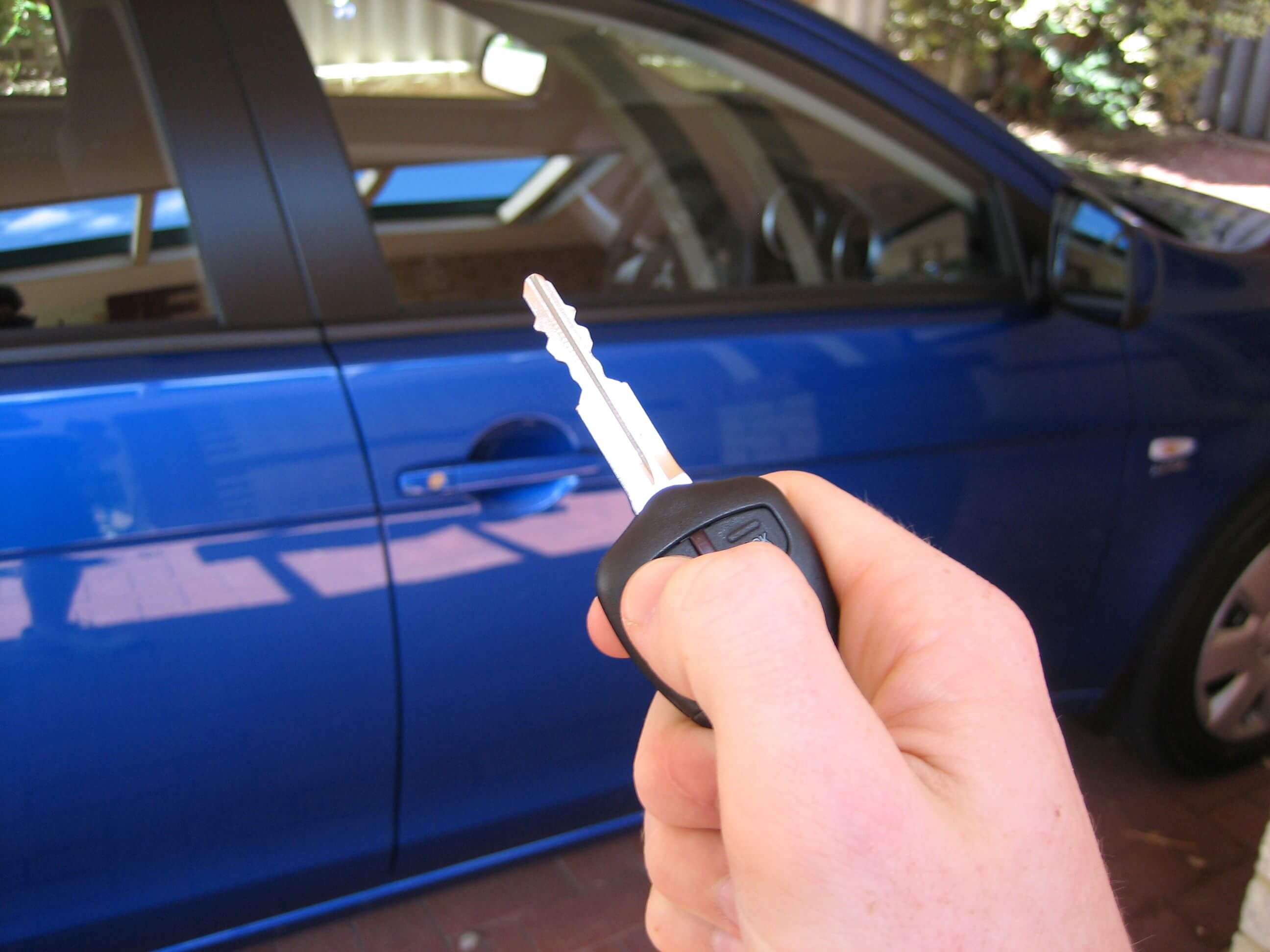Closing
⫸ Free YouTube Subscription
It takes just a second to lock your car, but doing it carelessly could leave you vulnerable. Whether you drive an older model or a modern vehicle with remote access, the way you lock your car can directly affect your safety and security. This page explores how mindful vehicle locking habits can help prevent theft, avoid surprise confrontations, and give you peace of mind every time you step away from your car.
Is your car really locked when you walk away from it? How can you be sure your remote lock actually engaged? Are electronic car locks more secure than traditional manual systems? What simple habits can help you avoid becoming a target in a parking lot? Why does locking a car require more than just pressing a button?
This page is valuable because it goes beyond the obvious and highlights overlooked risks in everyday settings. It offers clear, practical tips to strengthen your awareness and sharpen your defensive habits before you even hit the road. If you're serious about personal safety, this guidance is an essential part of staying alert and protected.
Please have a look at Things to check before climbing out a vehicle before going through with this last step.
A few tips when closing up and locking:
⧋


